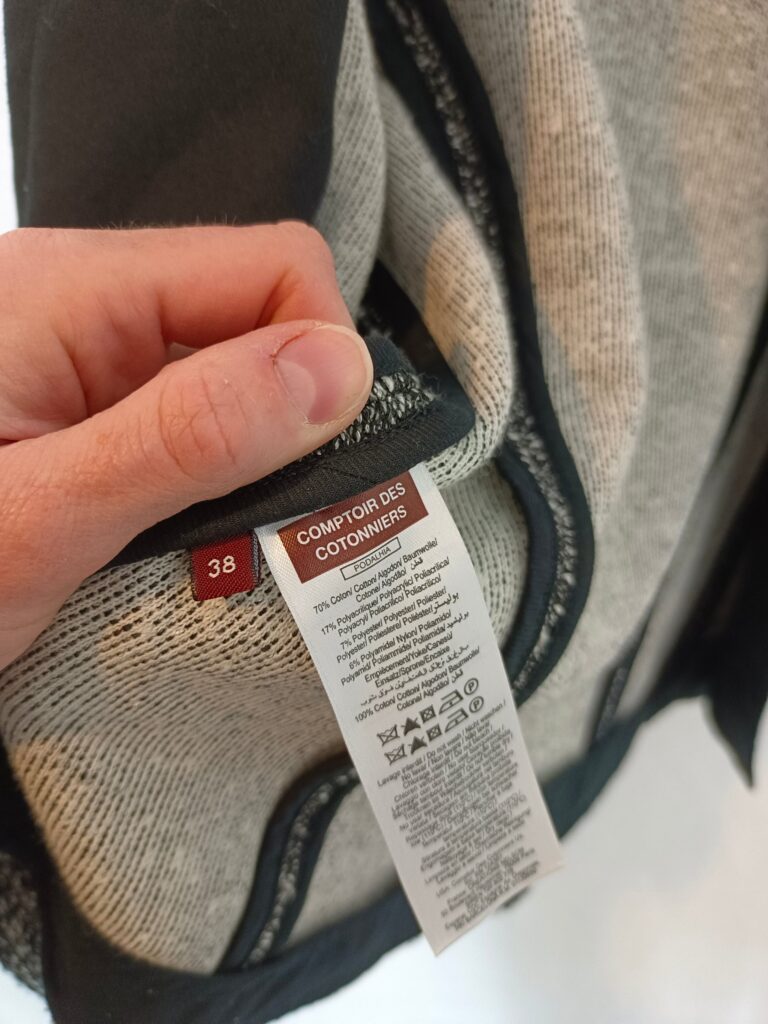Can You Bleach Nylon and Tweed? Blend
Introduction
Fabric compatibility is crucial in fashion and sewing, influencing both aesthetics and functionality. Nylon and tweed, with their distinct characteristics, present unique challenges when combined. This article explores whether these fabrics can be bleached together, offering insights into their compatibility and care.
Compatibility Analysis
Can you bleach nylon and tweed together? The short answer is no. Nylon, a synthetic fiber, and tweed, typically a woolen textile, have different reactions to bleaching agents. Nylon can withstand some bleaching but may yellow over time, while tweed, especially wool-based, can be severely damaged by bleach.
Key Factors
- Texture and Weight: Nylon is smooth and lightweight, while tweed is textured and heavier.
- Stretch and Elasticity: Nylon offers more stretch, contributing to flexibility, whereas tweed is more rigid.
- Care Requirements: Nylon is generally easy to care for, often machine washable, while tweed requires gentler handling, usually dry cleaning.
- Durability: Both fabrics are durable, but tweed’s natural fibers can be more sensitive to harsh chemicals.
Fabric Properties Comparison Table
| Property | Nylon | Tweed |
|---|---|---|
| Fiber Content | Synthetic | Natural (wool) |
| Weight and Thickness | Light | Heavy |
| Breathability | Moderate | High |
| Stretch and Elasticity | High | Low |
| Wrinkle Resistance | High | Moderate |
| Care Instructions | Machine wash, low heat | Dry clean |
| Durability | High | Moderate to High |
Benefits of Mixing These Fabrics
- Enhanced Texture and Visual Interest: Combining smooth nylon with textured tweed creates a unique visual appeal.
- Improved Comfort and Performance: Nylon’s flexibility complements the warmth of tweed.
- Better Drape and Movement: Nylon adds fluidity to tweed’s structure.
- Cost-effectiveness: Blending can reduce costs by utilizing less expensive nylon.
- Seasonal Versatility: Suitable for transitional garments.
- Design Possibilities: Offers creative opportunities in fashion and home decor.
Potential Challenges
- Different Shrinkage Rates: Pre-wash fabrics to minimize issues.
- Conflicting Care Requirements: Opt for dry cleaning to preserve both fabrics.
- Texture Clash or Pilling: Use fabric softeners and gentle washing cycles.
- Seam Puckering: Adjust tension and use appropriate needles.
- Color Bleeding or Fading: Test for colorfastness before washing.
Practical Solutions
- Use interfacing to stabilize seams.
- Choose patterns that accommodate both fabrics’ properties.
- Consider lining garments to manage texture differences.
Sewing & Styling Tips
- Best Sewing Techniques: Use a walking foot to manage fabric layers.
- Needle and Thread Recommendations: Use a universal needle and polyester thread.
- Interfacing and Stabilizer Needs: Lightweight interfacing for nylon, none for tweed.
- Seam Finishing Methods: Overlock or zigzag to prevent fraying.
- Pattern Selection Advice: Choose simple designs to highlight fabric contrast.
- Styling Ideas: Combine in jackets or skirts for a chic, layered look.
Care & Maintenance Guide
- Washing Instructions: Hand wash or use a gentle cycle for nylon; dry clean tweed.
- Drying Recommendations: Air dry both fabrics to prevent damage.
- Ironing and Steaming Tips: Use low heat for nylon; steam tweed carefully.
- Stain Removal: Spot clean nylon; professional cleaning for tweed.
- Long-term Care: Store in a cool, dry place, avoiding direct sunlight.
FAQ Section
-
Can you wash nylon and tweed together?
- It’s best to wash them separately due to different care needs.
-
Will nylon shrink more than tweed?
- Nylon is less prone to shrinkage; tweed may shrink if not pre-treated.
-
What needle size should I use for sewing these fabrics together?
- A size 70/10 universal needle is recommended.
-
Can you mix nylon and tweed in one garment?
- Yes, but consider their care requirements and texture differences.
-
How do you prevent puckering when combining these fabrics?
- Use a walking foot and adjust the stitch length.
-
Is it okay to mix nylon and tweed for upholstery?
- It can be done, but consider durability and care challenges.
-
What’s the best way to finish seams with these fabrics?
- Overlocking or zigzag stitching works well to prevent fraying.
Incorporating nylon and tweed in your sewing projects can lead to innovative designs, but understanding their unique properties and care requirements is essential for success.


Leave a Reply